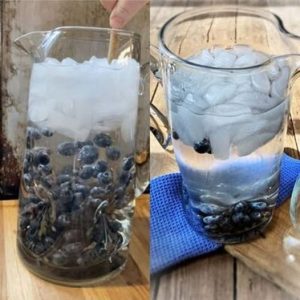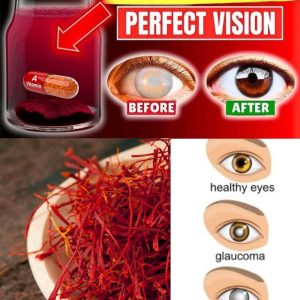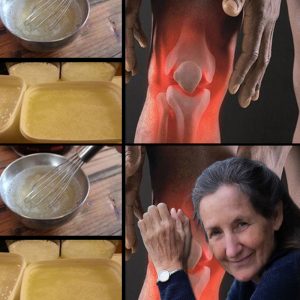The Fascinating Reaction of Baking Soda and Vinegar
Baking soda and vinegar are versatile household staples known for their powerful reaction when combined. This mixture isn’t just an interesting science experiment – it’s a practical solution for various cleaning tasks. Baking soda, a base (sodium bicarbonate), and vinegar, an acid (acetic acid), create a fizzy reaction when mixed, producing carbon dioxide gas, water, and sodium acetate. This bubbling effect not only looks impressive but also has unique cleaning applications.
Effective and Natural Cleaning Power
The foaming action of baking soda and vinegar makes it an excellent natural cleaner, especially for tackling tough grime. For example, to clean a drain, pour half a cup of baking soda down, followed by half a cup of vinegar, then cover to allow the bubbles to break down residue. After about an hour, flush with hot water to clear the drain. This mixture also works wonders on greasy kitchen surfaces and soap scum, making it ideal for countertops, stovetops, and bathroom fixtures.
Educational and Culinary Uses
Beyond cleaning, this reaction is often used in educational settings, such as the classic baking soda and vinegar volcano experiment. Kids love watching the colorful “lava” as it fizzes up, making chemistry memorable and fun. In cooking, the reaction between baking soda and vinegar serves as a leavening agent. When added to doughs and batters, it releases carbon dioxide that helps them rise, making it a quick substitute if you’re out of yeast or baking powder.
Safe Handling Tips for Everyday Use
While the reaction between baking soda and vinegar is generally safe, it’s best to handle it carefully. Avoid closed containers, as the build-up of carbon dioxide could cause pressure to build up. For cleaning, mix one part baking soda with two parts vinegar, adding the vinegar gradually to control the fizz. This simple but effective combination is a powerful, eco-friendly option for maintaining a clean and odor-free home.





